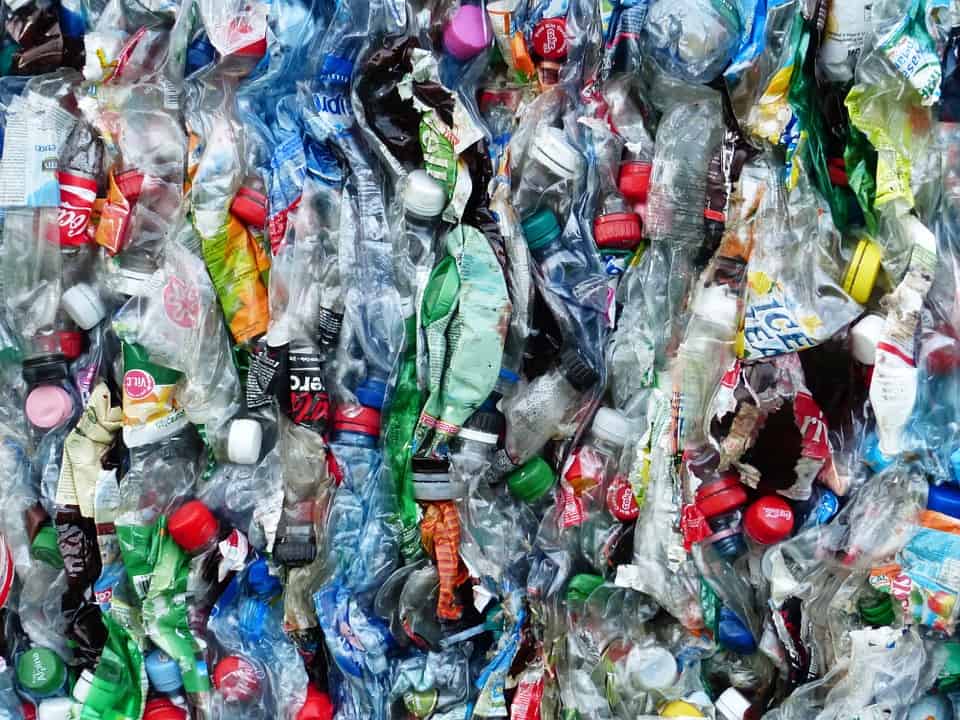Polyethylene is the most popular and commonly used plastic in the world, used in shopping bags, toys and shampoo bottles. There are over 100 million tonnes of the material’s resins produced annually, which accounts for 34% of the plastics market. Following on from our blog post about the advantages and disadvantages of polypropylene, in this article, we will be looking at the advantages and disadvantages of polyethylene in the industry.

Advantages
Polyethylene has many benefits which is why it has been used to make many products over the years.
- Polyethylene has many useful properties which make it suitable for several applications. It has low strength and hardness, but is very ductile and has good impact strength; it will stretch rather than break.
- Polyethylene is water resistant and durable, so it is longer lasting when exposed to the elements compared to other polymers.
- Polyethylene is a good electric insulator, offering electric treeing resistance but can become electrostatically charged. Adding antistatic agents will prevent this.
- Depending on the thickness of the polyethylene, it can be almost transparent to opaque. The clearness of low-density polyethylene (PE) makes it suitable for packaging.
- Polyethylene as HDPE can be recycled into other products, which is more cost effective than manufacturing a new product from new plastic.
- Polyethylene has a melting point range of 120 to 180 degrees Celsius for medium to high density and 105 to 115 degrees Celsius for low-density polyethylene. The good heat resistant properties enable it to be used in high and low temperatures.

Disadvantages
Despite its popularity, polyethylene is a polymer with a few disadvantages which can deter manufacturers and consumers from using it.
- The polymer, like many other plastics, takes a long time to break down, and as such can end up in landfill sites for decades, which we are running out of space for.
- Another way to dispose of polyethylene is incineration, which can result in harmful gas emissions.
- Polyethylene is mainly extracted from petroleum or natural gas, of which there is a finite amount.
- Producing polyethylene takes a large amount of energy and also leads to high emissions of carbon dioxide, a greenhouse gas contributing to global warming and climate change.
- Though it is technically possible to recycle the majority of plastic polymers, there are many different types to sort through, which is expensive and complex.
Get in touch with us at Kempner to find out about the shrink wrap film and packaging solutions we offer such as polyolefin shrink film to the machinery needed.


